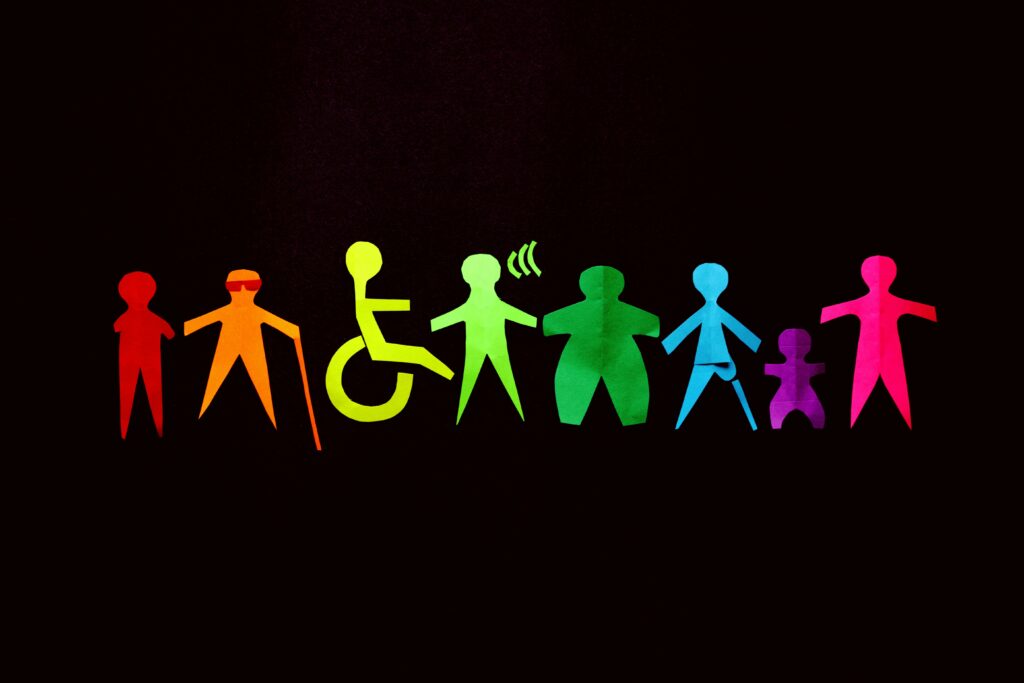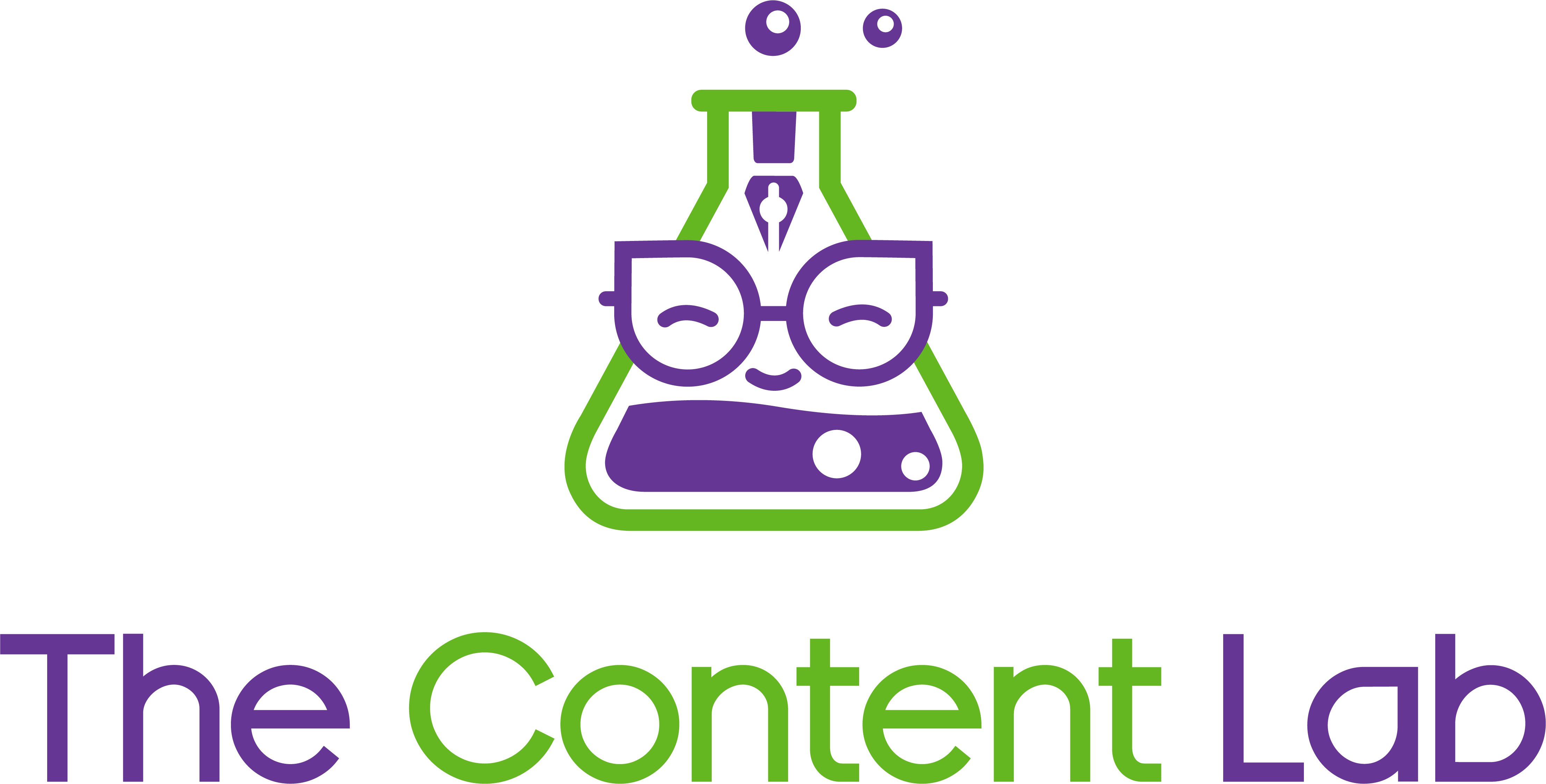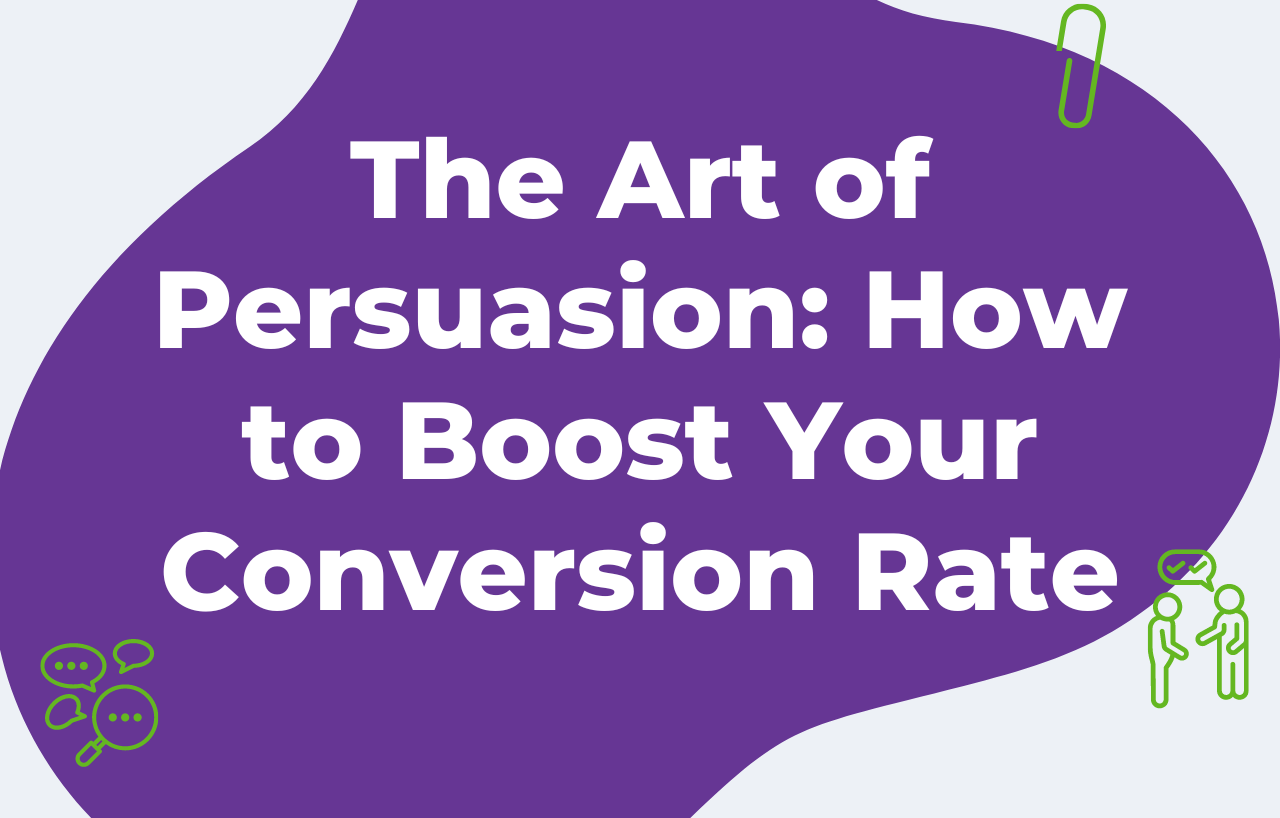There’s a lot to keep in mind when creating an inclusive environment around your brand or business online. Making sure your writing is inclusive can seem like an overwhelming prospect when you don’t know where to start.
Firstly, well done on wanting to make your content as accessible as possible! Many businesses may view inclusive writing as unnecessary, with an ‘if it ain’t broke, don’t fix it’ mentality.
We don’t feel that way. We think the content we write should be as inclusive as possible, and if you’re reading this blog post, it’s probably safe to assume that you agree!
But if you’re feeling stuck on where to start, don’t worry. We’ve broken it all down for you! We’ll explain what inclusive writing is, why you should use it in your writing, and lay out some best practices you can apply to your content writing process. By the time you’ve finished reading, you’ll be an inclusive writing pro.
What is inclusive writing, anyhow?
Inclusive writing is about more than just avoiding outdated gendered terms or insensitive language (though that’s part of it). It’s also about writing in a simple, accessible way to connect with a diverse community of readers.
That might sound like a lot to consider, but it doesn’t have to be overwhelming.
Here’s an example: One of the most common ways that writing leaves people out is by being too flowery and complicated.

Using complex words and phrases that some people may not understand not only excludes people from enjoying your writing, but it could also actively turn people off your content. That’s the last thing we want! Short, simple sentences in plain English are usually the best way to approach inclusive writing.
Put simply, inclusive writing is writing that is accessible and welcoming to everyone.
And of course, using inclusive language also means avoiding words or phrases that promote biases or discriminate against groups of people based on race, gender, ability, sexual identity, or orientation.
It’s as much about what you don’t say as it is about what you do.

Why should you use inclusive language in your writing?
Using inclusive language in your writing — whether it’s for your website copy, blogs, social media posts, or any other point of contact with your audience — is important in more ways than one. Your current audience may be made up of people with diverse ages, abilities, ethnicities, sexual orientations, and socioeconomic backgrounds. By writing in an inclusive way, you can give your clients and customers a better user experience.
It reflects well on your brand
Firstly, doing your best to make sure everyone is included will endear your current customers to your brand while potentially attracting new ones. A study found that 64% of consumers will consider an immediate purchase if the brand embodies diversity and inclusion.
Plenty of brands don’t go the extra mile to be inclusive in their writing, imagery, or tone, and this can be a big turn-off for potential customers. If you want your current and future customers to feel seen and heard by you, making the effort to be inclusive is the way to go.
It’s the right thing to do
And for the more important reason to write inclusively: it’s nice to be nice! You should make an effort to make your brand more inclusive, not just because it’s ‘trendy’ or because you see other brands doing it and feel you should hop on the bandwagon.
It should (hopefully) come from a genuine place of consideration for others and wanting to make room for as many people as possible. Remember that consumers are smart — they can almost always spot a phoney!
How to make your writing more inclusive
Now that you know what inclusive writing is and why it matters, how do you go about using it? Here we’ve outlined a few inclusive writing guidelines to help you create more mindful content.
Keep it simple
As we mentioned earlier, simple language is the way to go for accessibility and inclusivity. The key is to be clear and understood (without having to look up every other word in the dictionary!). The last thing you want is to confuse your audience and put them off your newsletters or website copy — so why fill it up with technical jargon that only a select few will understand?
There’s no need to over-complicate your wording. Trim your writing down to its simplest form and go from there.
A handy way to find out if your writing is clear and effective is to get someone else to give it a read. And if they don’t know a thing about your industry? Even better! They’ll be able to point out parts that are a little confusing so you can simplify your writing process in the future.
Use gender-neutral language
It might seem obvious to use gender-neutral language in inclusive writing nowadays. But there are still plenty of terms that have been around so long that they can creep into your writing if you don’t watch out for them!
The good news is, you can easily switch out these outdated terms without impacting the flow of your writing. For example, if you’re writing a blog about the challenges of parenthood, swap out ‘maternal leave’ for ‘parental leave’.
In general, you can use terms like ‘personnel’ or ‘staff’ in place of ‘manpower’, and ‘spouse’ or ‘partner’ instead of ‘husband’ or ‘wife’.
Another best practice for using gender-neutral language is to stick to gender-neutral pronouns unless you know for a fact that you’re writing about someone who uses gendered pronouns.
It keeps things clear and inclusive with little additional effort. (See? Being mindful of other people doesn’t have to be difficult!)

Avoid stereotypes
Try to avoid making generalisations about any group of people in your writing. Treating an entire group of people as the same can reinforce damaging stereotypes.
An obvious example is the use of prejudiced language and outright slurs, but these stereotypes can also crop up in more subtle ways. Using terms like ‘chairman’ instead of ‘chairperson’ can reinforce the belief that men should be in positions of power instead of women. (And with more than 40% of people still believing that men make better business executives than women, there’s still much to be done in terms of changing this!)
Including stereotypes in your writing is harmful to your brand reputation and to your audience. It’s a lose-lose tactic you can easily replace with inclusive writing practices.
Prioritise impact over intent
Nobody’s perfect, and we all make mistakes. But, it’s important to keep in mind that no matter your intentions, it’s the impact of your words that matters most.
If someone brings something you’ve written or said to your attention as potentially harmful, it’s best not to take it personally. Instead, try to listen and understand the disconnect between your intentions and your impact.

This is an important practice in any relationship, including your relationship with your clients and customers. If you’ve gotten some negative feedback for something you didn’t know was offensive, listen to those bringing their concerns forward and consider the impact your words may have had. In doing so, you’ll likely build a better relationship with your customers. And we all love a bit of personal growth too, eh?
If you want to improve your brand image, strengthen existing customer relationships, and create new ones, making the effort to be more inclusive is a no-brainer. And from a good human point of view, it’s the right thing to do. After all, you can catch more flies with honey than with vinegar, as they say!
Need a hand crafting more inclusive content? We’ve got you covered!
We get it. Writing for your brand can be a complicated process, especially when there are so many aspects to consider. If you want to leave it to the professionals to create inclusive, authentic copy that converts, you can count on us.
Get in touch with us today and let’s start creating inclusive content and converting more customers together.





